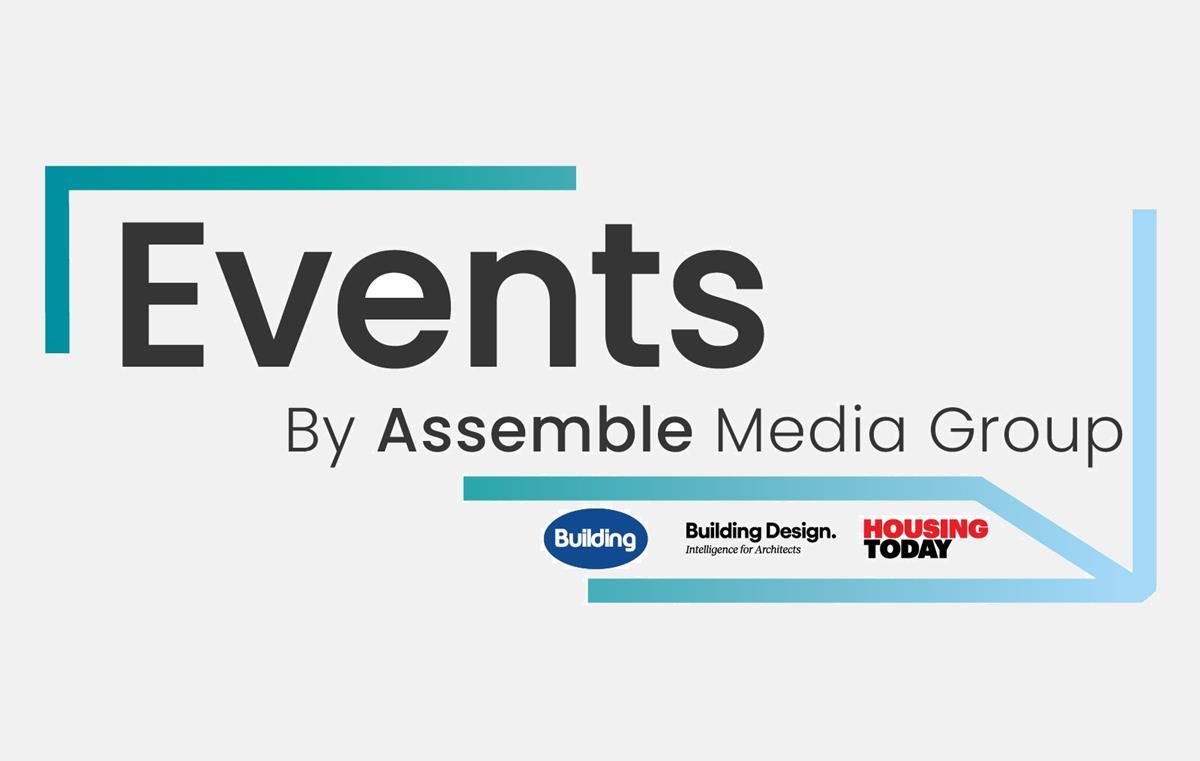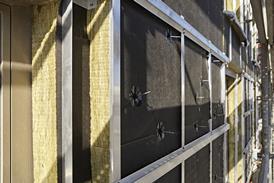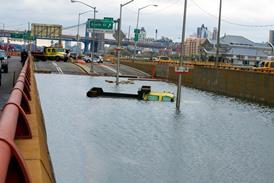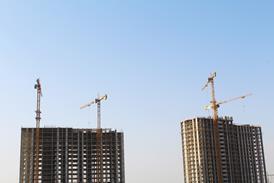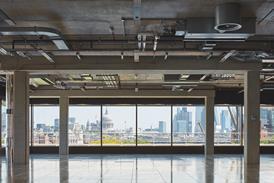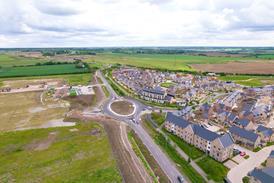- News
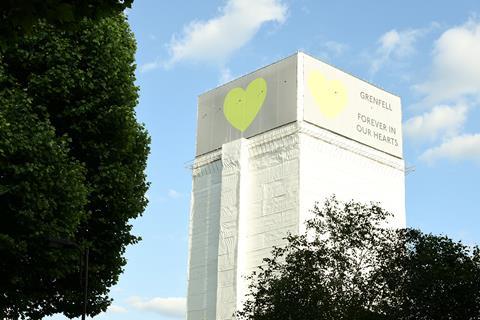
All the latest updates on building safety reformRegulations latest
- Focus
Close menu
- Home
- News
- Focus
- Comment
- Events
- CPD
- Building the Future
- Jobs
- Data
- Subscribe
- Building Boardroom
- Previous slide
- 2 of 2
- Next slide
| Table 1: Relationships between thermal comfort and urban heat islands | |
| Thermal comfort parameter | Relationship to the urban heat island |
| Air temperature | Reducing the UHI increases thermal comfort in summer |
| Radiant temperature field | Reducing surface temperatures reduces the UHI and increases thermal comfort |
| Solar radiation | Reduced solar penetration limits the UHI and improves thermal comfort |
| Air speed | Increased air speed removes heat from the urban environment and improves thermal comfort |
| Humidity | Use of evaporative cooling from lakes may increase humidity and decrease thermal comfort |
| Table 2: Categories of urban geometry and greenness for London | |||
| Category | Height/width ratio of street, x | Surface | Description |
| 1 | x%3D0 | Grass, etc | Rural fields, large park or trees |
| 2 | x%3D0 | Hard and grass | Housing near park or field |
| 3 | x%3D0 | Hard | Urban derelict or unbuilt area or car park |
| 4 | 0%3C%3Dx%3C0.3 | Hard, very wide gorge | Low-density residential area |
| 5 | 0.3%3C%3Dx%3C0.5 | Hard, wide gorge | Medium-density urban area |
| 6 | 0.5%3C%3Dx%3C1 | Hard, wide gorge | High-density urban area, around focus |
| 7 | 1%3C%3Dx%3C2 | Hard, medium gorge | City centre with tall buildings |
| 8 | x%3E%3D2 | Hard, narrow gorge | Narrow “back streets” with medium-tall (six storey) buildings |








